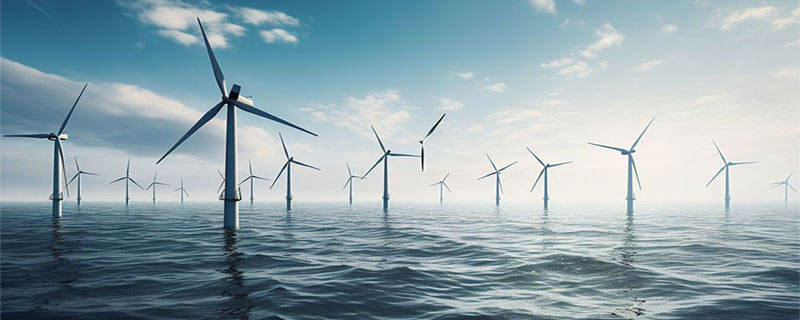UK Risks Missing its Target for Offshore Wind Energy
Cornwall Insights’ latest quarterly overview of power market trends in Britain states that, because the UK failed to attract any bids from offshore wind developers in its most recent Contracts for Difference (CfD) auction round, it risks missing its 2030 target to host 50GW of offshore wind capacity.
Funding totalling £227m was announced under the auction round in September 2023. No offshore windfarm bids were received, largely because developers found the CfD offering economically unviable as supply chain costs mounted.
Several developers in the UK, EU and US have paused or scrapped offshore wind projects this year due to rising supply chain costs, partly caused by soaring energy and commodity prices and continued disruption related to Covid-19.
A notable headline was Vattenfall’s pausing of the 1.4GW Norfolk Boreas offshore wind project in June 2023. The business subsequently sold its Norfolk Offshore Wind Zone to RWE for £963m.
The UK Government intervened in the market in November 2023, pledging to increase the maximum strike price in the CfD by more than 50% for all kinds of wind farms. Ministers also firmed up plans to reward developers for factors such as local supply chain development.
Gas transition – stalling?
Nonetheless, Cornwall Insight believes some significant damage has been done to the UK’s offshore wind pipeline.
The body estimates that offshore wind will account for 21% of the UK’s power generation mix in 2030-31, up from 13% in 2023-5.
This trend will see offshore wind arrays overtaking gas combined cycle power plants (CCGTs) to become the UK’s biggest source of generation by the end of the decade. This year, CCGTs will account for 29% of the UK’s power generation mix, and this will fall to 20%.
But Cornwall Insight had foreseen a steeper drop in CCGT capacity at its previous quarterly power market outlook, published before the CfD disaster for offshore wind. The body believes the UK is more likely to turn to gas and biomass than to other renewables to maintain energy security amid missing its offshore wind target.
This could present a challenge to the UK’s ambitions to bring all unabated gas-fired power generation offline by 2035.
It bears noting that Ministers are proposing an annual emissions limit for existing and new-build gas plants in the capacity market. This could push the owners of older, less efficient CCGT plants to convert to open-cycle gas turbine (OCGT) power stations. These are commonly used as peaking plants as they are generally less efficient to run, but easier to power up and down, than CCGTs.
Cornwall Insight’s overarching conclusion is that whether you look at CCGTs and/or OCGT plants, the UK’s reliance on gas-fired power generation at the end of the decade is likely to be higher than it would have been with swifter policy pivots to account for recent and ongoing renewable energy supply chain challenges.
Source: EdieNet









Leave a Reply
Want to join the discussion?Feel free to contribute!